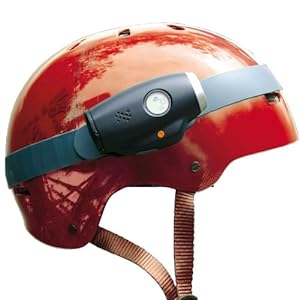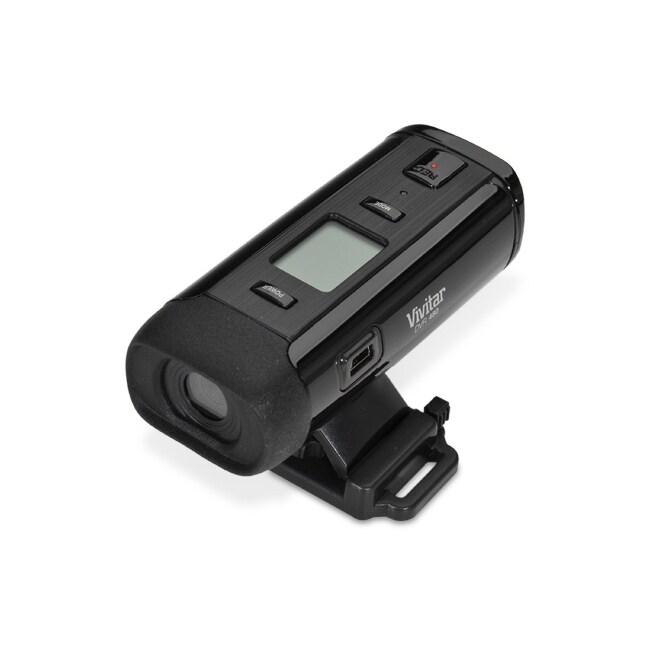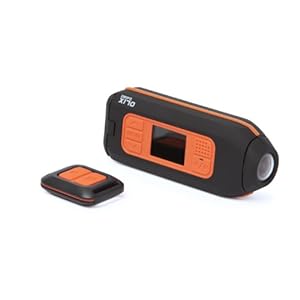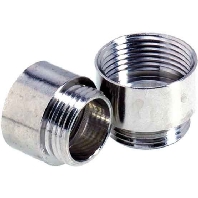anyone know the thread size of our oil filters? i'm tryin to price up the oil sandwich plate for a possible oil cooler
It's a 3/4unf I believe and it's a shame about polly1
anyone know the thread size of our oil filters? i'm tryin to price up the oil sandwich plate for a possible oil cooler
It's a 3/4unf I believe and it's a shame about polly1

frank, what sorta cam was on ur helmet?

please dont buy that one... i have the same here... i needs very mutch energie you can better hold the 12/13v plug in... and on a 2gb mini sd it can only take 1 hour






wired up the boost controller, starting with the 12v supply for the switch and the nearest easiest circuit to tap into was the GTIR MAF cable since i was also shortening it

next the pressure switch had to be along the way to the solenoid but nearby the BOV pipe that i was gonna plumb into yet easy to access for adjustments so ziptied it here

power goes to the solenoid

and is grounded to the engine block

test it tomorrow. then i'll take the turbo out to weld up the manifold crack with the arc welder
Do you really want to alter the current going to the maf? Nissan engines are det tastic as they are I would leave the maf well alone, what boost controller are you using? Mine has no wires for under the bonnet, it wires of a switched live on the ignition, permanent live would kill the battery. All mine has is the boost solenoid and a couple vac pipes going to the controller in the car, I'm using profec b 1
ace weld paul (Y)
an extra web welded on would add some strength eh



take it apart and have it re-threaded....
the mainfold you used is that a micra mainfold of from a other car/nissan
Looking good paul! Really like the micra switch for WOT...
ok thnx for the info
Some nice metal working skills there Paul, can't wait to see it again (and have a ride in it this time).
